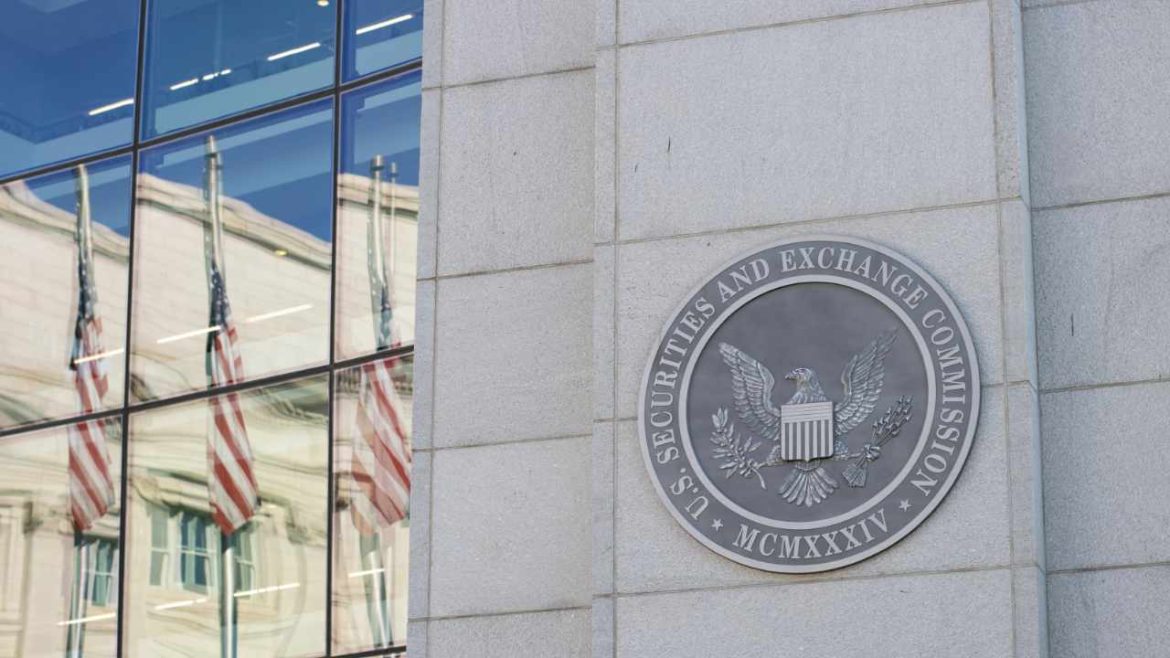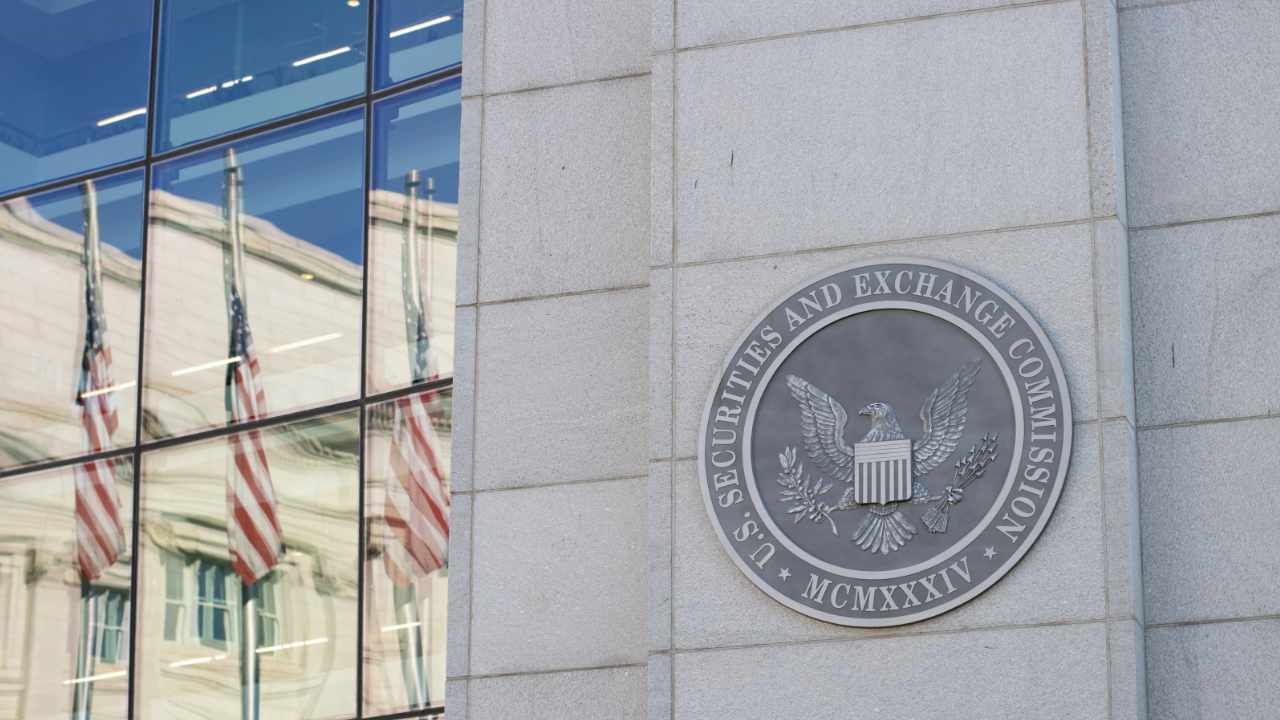The SEC’s Shifting Sands: A Crypto ETF Rollercoaster
Introduction: The Crypto ETF Tightrope
The cryptocurrency market has long been a battleground of innovation and regulation, and the recent drama surrounding crypto exchange-traded funds (ETFs) has brought this tension into sharp focus. The Securities and Exchange Commission (SEC) has found itself at the center of a regulatory whirlwind, with its decisions on crypto ETFs sparking waves of speculation, frustration, and uncertainty. The rollercoaster ride of approvals and reversals, particularly concerning XRP, has left investors, industry experts, and regulators grappling with a rapidly evolving landscape.
A Green Light Flashes, Then Fades
The journey began with a glimmer of hope. Bitwise, a prominent name in crypto asset management, secured initial approval from the SEC for its crypto ETF—a groundbreaking product that included not only Bitcoin and Ethereum but also XRP and other altcoins. This approval was hailed as a significant milestone, potentially opening the floodgates for broader crypto investment opportunities within a regulated framework. The market reacted with cautious optimism, anticipating a new era of mainstream crypto adoption.
However, the celebration was short-lived. In a move that left many baffled, the SEC abruptly reversed its decision, issuing a stay that halted the launch of the Bitwise Crypto ETF. This sudden about-face sent shockwaves through the crypto community, leaving investors and industry observers questioning the SEC’s rationale. The reversal was described as “bizarre” by some, adding to the growing sense of regulatory whiplash that has become all too familiar in the crypto space.
The XRP Factor: A Central Point of Contention
At the heart of the SEC’s hesitation lies the contentious issue of XRP. The token has been embroiled in a high-stakes legal battle between Ripple Labs and the SEC, with the agency alleging that XRP was offered and sold as an unregistered security. This legal cloud has created a dilemma for the SEC: approving an ETF that includes XRP could be seen as tacitly endorsing the asset, while rejecting it outright could be interpreted as prejudicing the outcome of the Ripple case.
The SEC’s decision to delay or halt ETFs with XRP exposure reflects this delicate balancing act. The agency is walking a tightrope, seeking to navigate the complex legal and regulatory landscape surrounding XRP without tipping the scales in favor of either side. This cautious approach underscores the broader challenges regulators face in a market that is still finding its footing.
Beyond XRP: A Wider Regulatory Hesitation
The SEC’s concerns extend far beyond XRP. The agency has also delayed decisions on ETFs that include other altcoins such as Solana (SOL), Litecoin (LTC), Dogecoin (DOGE), and Hedera (HBAR). This broader hesitation suggests a regulatory reluctance to embrace altcoin ETFs, driven by concerns about market maturity, liquidity, and the potential for fraud and manipulation.
The SEC’s stance reflects a desire to ensure investor protection in a market that is still in its infancy. While Bitcoin and Ethereum have established themselves as relatively mature crypto assets, the agency is taking a more cautious approach to altcoins, seeking greater clarity and regulatory oversight before allowing them into mainstream investment products. This cautious stance is not without merit, as the crypto market has seen its fair share of scandals, hacks, and market manipulation.
Market Reaction: Uncertainty and Volatility
The SEC’s actions have had a tangible impact on the crypto market. The price of XRP experienced a dip following the ETF delays, reflecting investor uncertainty about the token’s future. The broader altcoin market also felt the effects, with delays impacting the potential for increased institutional investment and mainstream adoption.
However, it is essential to remember that the crypto market is inherently volatile, and numerous factors influence price movements. While the SEC’s decisions have undoubtedly contributed to the recent uncertainty, other market forces, such as overall investor sentiment, macroeconomic trends, and technological developments, also play a significant role. The crypto market is a complex ecosystem, and regulatory decisions are just one piece of the puzzle.
The Path Forward: Navigating Regulatory Hurdles
The future of crypto ETFs, particularly those with XRP exposure, is fraught with uncertainty. However, several potential scenarios are emerging that could shape the landscape in the coming months and years:
Legal Clarity: The Ripple Effect
The outcome of the Ripple case will undoubtedly have a significant impact on the future of XRP ETFs. A favorable ruling for Ripple could pave the way for the approval of XRP-based ETFs, while an unfavorable ruling could further complicate matters. The legal battle between Ripple and the SEC is a critical factor that will influence the regulatory landscape for XRP and, by extension, the broader crypto market.
Regulatory Framework: The SEC’s Evolving Stance
The SEC is actively working to develop a comprehensive regulatory framework for crypto assets. As these rules become clearer, the agency may become more comfortable with approving crypto ETFs, including those with altcoin exposure. The SEC’s evolving stance on crypto regulation will be a key determinant in the future of crypto ETFs, as clearer guidelines could provide the necessary clarity for investors and issuers alike.
Market Maturity: A Growing Ecosystem
As the crypto market continues to mature, with increased liquidity, improved custody solutions, and greater transparency, the SEC may be more willing to approve a broader range of crypto ETFs. The market’s evolution will play a crucial role in shaping the regulatory landscape, as a more mature and stable market could alleviate some of the SEC’s concerns about investor protection and market manipulation.
Futures-Based ETFs: A Potential Workaround
While spot XRP ETFs remain on hold, futures-based XRP ETFs might find a smoother path to approval, contingent upon legal clarity and the establishment of formal rules from the SEC. Futures-based ETFs could provide a regulatory workaround, allowing investors to gain exposure to XRP without the complexities and legal uncertainties surrounding spot ETFs.
Summer 2025: A Potential Turning Point?
Some reports suggest that the SEC is postponing decisions on various crypto ETFs, including XRP, Ethereum staking, and Dogecoin, until the summer of 2025. This timeline highlights the complex regulatory challenges and the SEC’s deliberate pace in integrating cryptocurrencies into traditional finance. However, it also hints at the possibility of a more comprehensive regulatory framework emerging by that time, potentially paving the way for broader ETF approvals.
A Bizarre Landscape: Finding Clarity Amidst the Chaos
The SEC’s handling of crypto ETF applications has been anything but smooth. The initial approval followed by a swift halt of the Bitwise Crypto ETF highlights the regulatory uncertainty surrounding the crypto market. The inclusion of XRP, along with broader concerns about altcoins, has created a complex situation that requires careful navigation.
As the crypto industry continues to evolve, it is crucial for regulators to strike a balance between protecting investors and fostering innovation. Clear and consistent regulatory guidelines will be essential for unlocking the full potential of crypto ETFs and attracting mainstream investment into the digital asset space. Only time will tell how the SEC will ultimately approach this challenge, but one thing is certain: the future of crypto ETFs hangs in the balance. The regulatory rollercoaster is far from over, and the crypto community will be watching closely as the SEC navigates these shifting sands.





